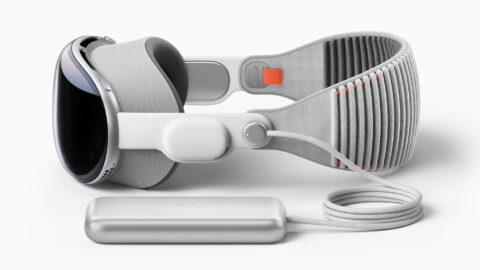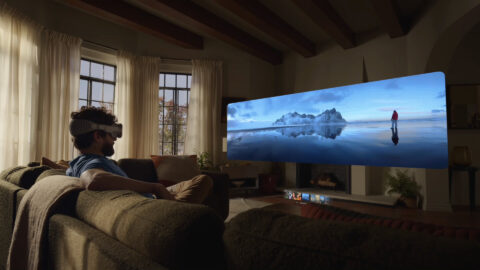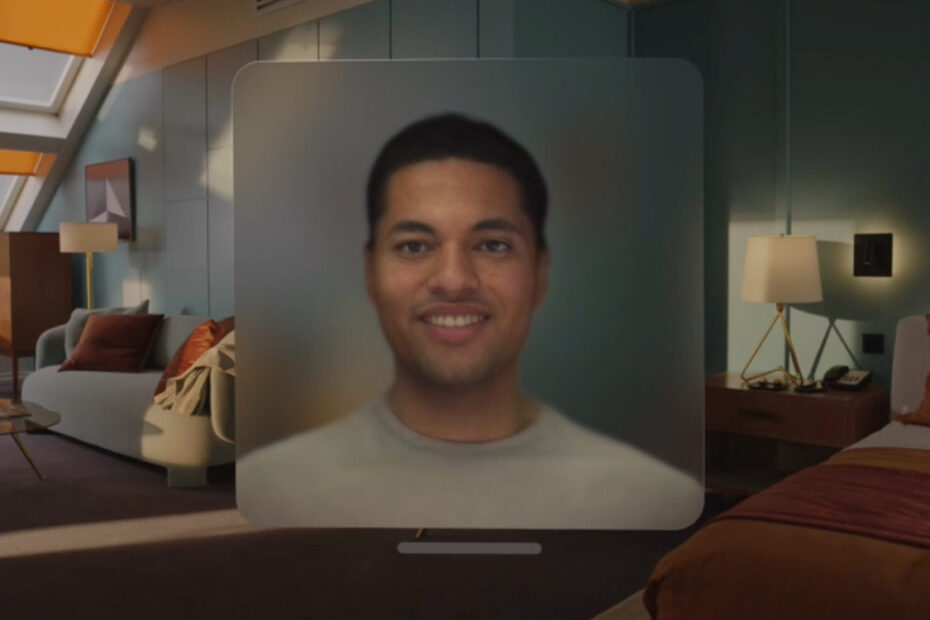A few weeks in and Apple’s headset has already been branded a flop by some people – and the future of computing by others
The broad concept of Apple Vision Pro is audacious, with it being positioned as nothing less than the future of computing. And as the business thinking goes, if someone’s going to cannibalize your market share, better your organization than a rival. In short, Apple would be happier with a future where people did not buy iPhones, iPads and Macs, so long as they bought Apple headsets and used Apple services.
But that’s tomorrow. Today, Apple has released a headset that is divisive. There are advocates, considering its take on computing – an immersive spatial environment – to be revolutionary. Others have pushed back against the device, arguing that it’s not ready for prime time. More than one commentator has branded it a development kit masquerading as consumer hardware. So which is it?

Get your head set
The truth, as ever, appears to lie somewhere in-between. This isn’t yet a mass-market device. Apple Vision Pro is too expensive. It’s heavy and ungainly for long sessions. It’s impossible to share. And the experiences it offers have been described by some users as surprisingly isolating. This is in stark contrast to the expectation created by Apple promotional materials that frequently placed users in a blend of real and virtual worlds, and also the wider promise of ‘metaverse’ and ‘virtual reality’ concepts that hinge on digital worlds full of people and personal interactions.
Perhaps the biggest problem is that there’s not yet a defined use case or killer app. The Apple Vision Pro in theory looks ideal for movies – but its battery life won’t get you through the extended cut of Lord of the Rings. And it’s a resolutely solo experience, whereas watching films is often a communal pursuit. So games? Not really. There are some games for Apple Vision Pro, but dedicated gaming headsets are more suited to that activity. Productivity and creativity, then? Perhaps. But while early adopters of Vision Pro have found it advantageous to have multiple virtual displays that can hang in space all around them, many have found themselves returning to other hardware for proper work.

Vision of the future
To a great extent, Apple’s headset right now feels an awful lot like Apple Watch on its debut. That too was a new Apple device with unclear use cases, and that at the high end had a price point that would give you heart palpitations. However, Apple Watch also existed in much cheaper forms, and through mass-market adoption and feedback from millions of users, Apple and developers could quickly iterate. Within a couple of revisions, Apple’s wearable had cemented its place as a fitness aid first and foremost, along with a tool for providing fast access to information.
But Apple Vision Pro cannot be another Apple Watch. Not only will it take far longer to hit mainstream adoption, but it’s not aiming to be an accessory to other hardware – it’s aiming to replace it. On that basis, it feels closer in nature to the original Mac, which in its early days was similarly divisive and expensive, revolutionary but flawed, and exciting but limited. Arguably against the odds, the Mac this year celebrated its 40th birthday. Time will tell whether Apple Vision Pro has a similar chance of success.

